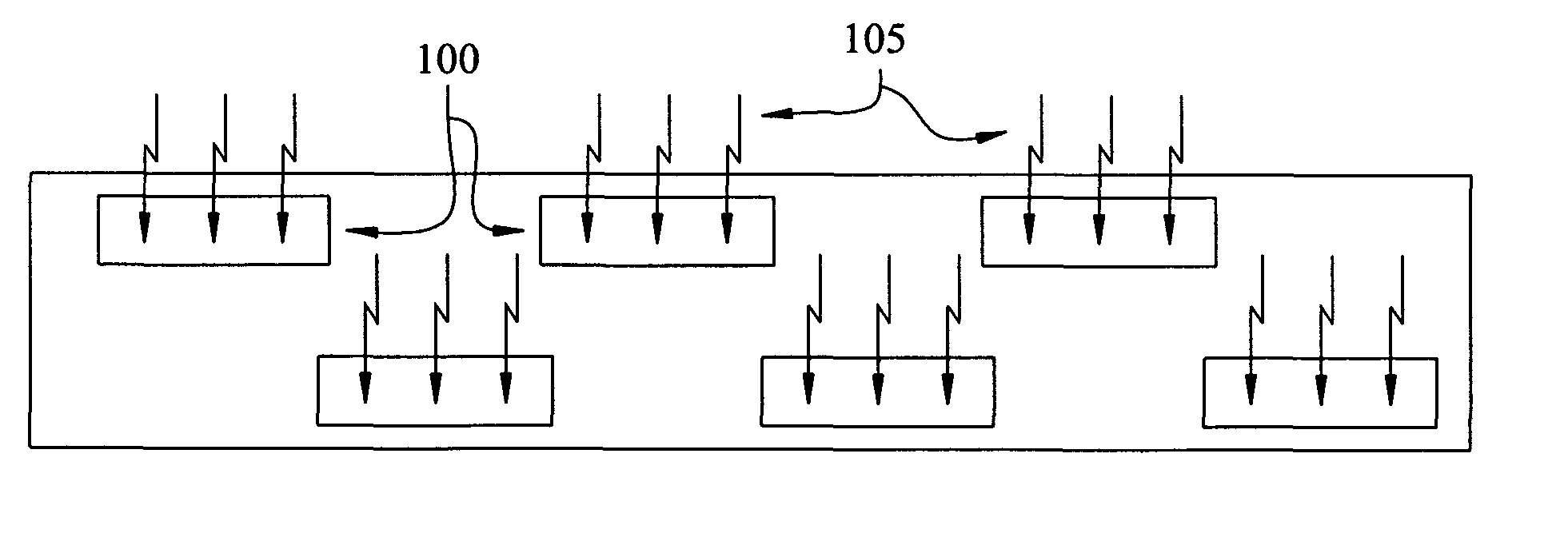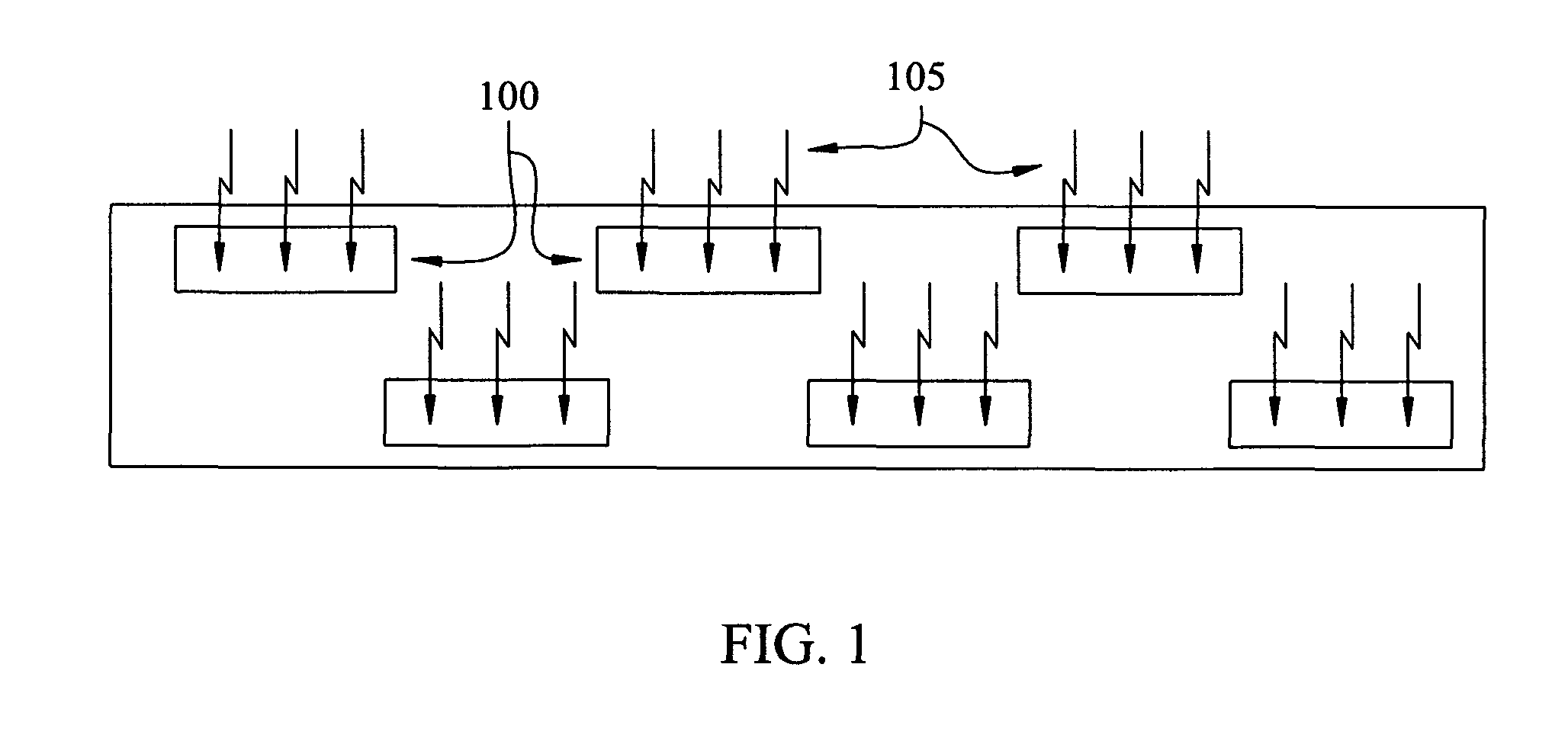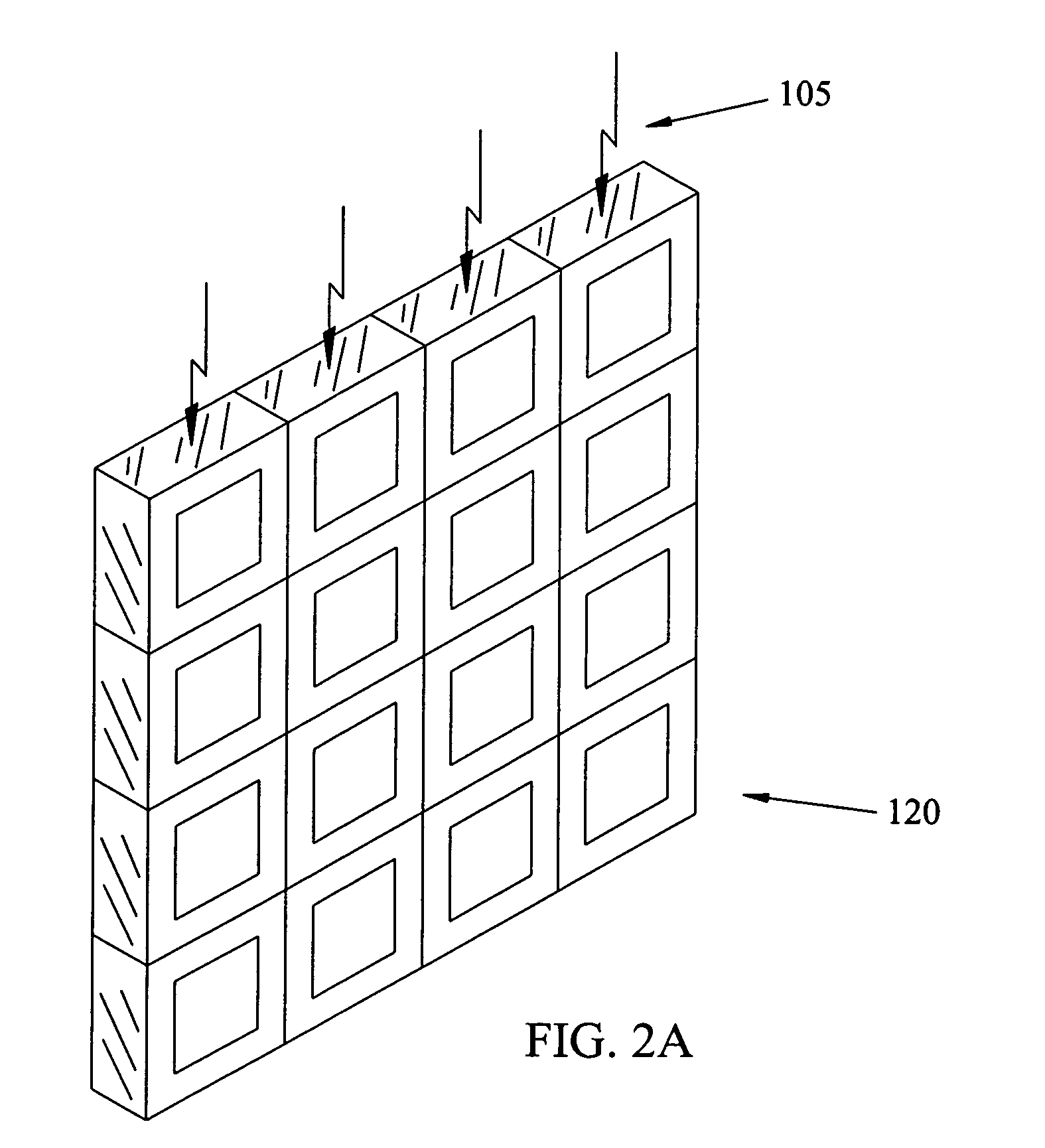Slit and slot scan, SAR, and compton devices and systems for radiation imaging
a technology of radiation imaging and compton devices, which is applied in the direction of instruments, radiation measurement, measurement devices, etc., can solve the problems of adding a degree of complexity to the assembling and maintenance of the detector system, multiple detector modules will have to be aligned with the x-ray beam, and the installation of a new detector array, so as to promote additional scatter reduction, reduce production and maintenance costs, and cost-effective
- Summary
- Abstract
- Description
- Claims
- Application Information
AI Technical Summary
Benefits of technology
Problems solved by technology
Method used
Image
Examples
Embodiment Construction
[0029]The invention provides edge-on and face-on scintillator detector designs and systems for enhanced slit and slot scan radiographic imaging for medical (including radiation therapy portal and CT, conventional CT), industrial, and scientific imaging applications. The scintillator-based detector for x-ray slit and slot scanning is comprised of: a scintillator x-ray detector, a photodetector coupled to the scintillator, high speed electronics for analyzing the readout signals using energy integration or photon counting techniques, and an electronic communications link to a computer for data post-processing, storage, and display. Additional aspects of the detector design include temperature control and power management as well as appropriate shielding from x-rays.
[0030]The general properties of edge-on and face-on detectors or detector modules (comprised of edge-on or face-on scintillator detectors, photodetector readout and processing electronics, focused and dynamic scanning capab...
PUM
 Login to View More
Login to View More Abstract
Description
Claims
Application Information
 Login to View More
Login to View More - R&D
- Intellectual Property
- Life Sciences
- Materials
- Tech Scout
- Unparalleled Data Quality
- Higher Quality Content
- 60% Fewer Hallucinations
Browse by: Latest US Patents, China's latest patents, Technical Efficacy Thesaurus, Application Domain, Technology Topic, Popular Technical Reports.
© 2025 PatSnap. All rights reserved.Legal|Privacy policy|Modern Slavery Act Transparency Statement|Sitemap|About US| Contact US: help@patsnap.com



